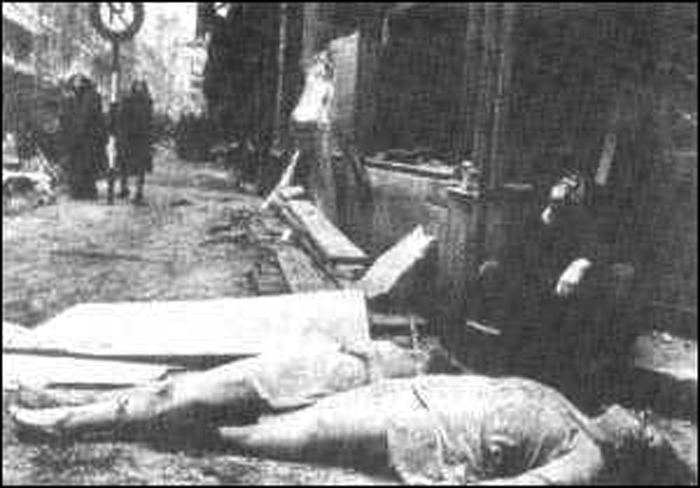
Dr. Martynas Purvinas writes for Voruta
Architect, historian and ethnographer Dr. Martynas Purvinas is a well-known authority on Lithuanian ethnic lands. He writes for Voruta, a quarterly magazine specializing in Lithuanian history, politics and culture, available online at voruta.lt.

In late November he published an article about the nebulous future of Kaliningrad (“Karaliaučius” in Lithuanian). This is the largest city and administrative centre of Kaliningrad Oblast, a Russian semi-exclave between Lithuania and Poland. Kaliningrad used to be called Königsberg, a very important German city, and it was given to the Soviet Union at the end of the World War II, at the Potsdam Conference. On April 7, 1946, the government of the Soviet Union established it as Kaliningrad Oblast (oblast means administrative division or region) and assigned it to the Russian Federation. Formerly known as East Prussia, it was prized by the Soviet leadership as a key military site on the Baltic coast, allowing access to the entire region.
At the time, when stopping Hitler was paramount, the Allies let the area slip into Russian hands. Few in the West thought about Lithuania Minor and Old Prussia, or the more than half-million descendants of its native Lithuanians (called “lietuvninkai”) and Old Prussians, with their centuries-old cultures. The West chose not to notice the ethnic cleansing and killing of civilians that occurred.


Genocide, rape, theft and destruction of property by the Red Army had already begun in 1944. Those who did not manage to flee found themselves in unspeakable circumstances, with thousands dying of hunger, disease and hardships in Soviet prison camps. In 1948 the Soviets deported the remaining ethnics, so that no one would stand in the way of the creation of New Russia. Colonization by Russians was begun in 1945, later expanding to a Russian population of nearly a million.

The “cleansing” was carried out for decades, with the old cities of Karaliaučius, Įsrutis and other ancient towns being destroyed along with most churches, memorials, and cemeteries, including grave-robbing. Revisionist history was taught in schools, the children being told that Russians had lived by the Baltic since ancient times and had fought the Crusaders. Almost all the old place-names were changed to Russian, to erase the memory of their history.
Dr. Purvinas notes that over the years, he observed the neglect in the region’s fields, the lack of housing and run-down towns. The Soviet government was more concerned with establishing a navy base and launch-pads for atomic bombs than improving living conditions and agriculture, even claiming that with its own weapons alone, Kaliningrad could destroy most of Europe.
Despite the promising Gorbachev years, since 2000 other changes began taking place. The local press was repressed, black lists came into use, and anyone opposed to the long-term occupation were not allowed into the region. Few may have guessed that there were more dangerous times ahead.
As co-author of the Encyclopedia of Lithuania Minor, Dr. Purvinas notes that by the time the fourth volume was underway in 2007, the original editors were replaced by pro-Russian authors who wrote that the Prussians lived better under the Russian occupation that under their own government, and doubts were cast on the very existence of Lithuania Minor.
Following Putin’s attack on Ukraine, those who remember the details of the post-WWII era foresee several scenarios for the future of Kaliningrad. None of them are positive, given its position as Russia’s primary outpost and Putin’s claim to the right of defending Russian citizens, wherever they may live.






























